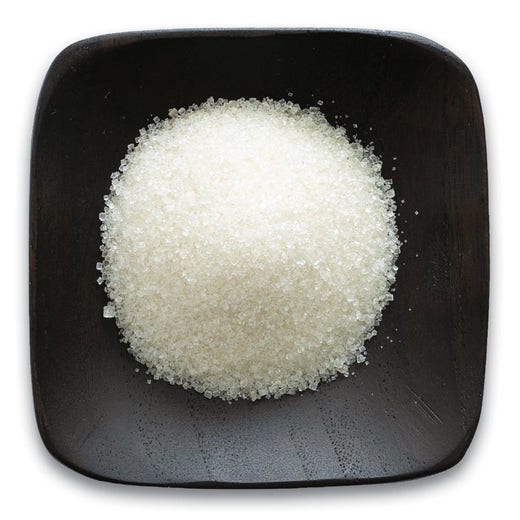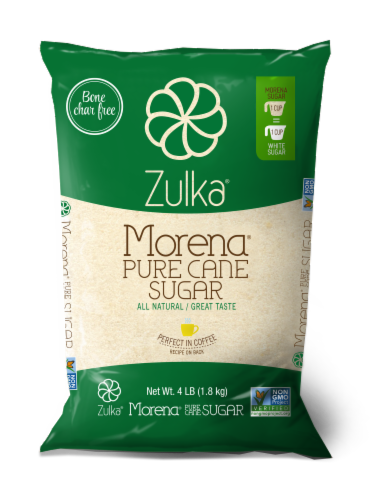Recognizing Cane Sugar Processing: A Comprehensive Review of the Stages
Recognizing Cane Sugar Processing: A Comprehensive Review of the Stages
Blog Article
Discovering the Comprehensive Steps Involved in Walking Stick Sugar Processing From Harvesting to Improvement
The procedure of walking stick sugar production incorporates a series of detailed actions, beginning with the mindful harvesting of sugarcane and culminating in the improvement stages that ensure the last product fulfills market standards. Each stage, from the extraction of juice to the purification and crystallization procedures, plays an important duty in determining the top quality and character of the sugar. Understanding these stages not only highlights the intricacy of sugar manufacturing but additionally raises important concerns concerning efficiency, sustainability, and technology in the industry. What ramifications do these factors have for future methods?
Collecting Sugarcane
Gathering sugarcane is an essential step in the walking stick sugar handling chain, as it directly influences the top quality and yield of the end product. Appropriate timing and techniques are important during this stage to make certain optimal sugar content and minimize losses. Generally, sugarcane is harvested when it reaches maturation, generally 12 to 18 months after growing, identified by a high sucrose focus.

Post-harvest, the sugarcane needs to be refined quickly to stop sucrose destruction. Preferably, collected walking cane needs to be transferred to processing facilities within 24 hr to protect sugar quality. Consequently, effective logistical planning is crucial to preserve the honesty of the harvested plant throughout the supply chain.
Removal Refine

The crushed cane is subjected to a series of pressing operations to optimize juice recovery. Typically, hot water is splashed onto the crushed cane, creating a countercurrent flow that helps liquify the sugar while also helping in the removal process. The juice accumulated from this operation contains not only sugar however likewise numerous natural substances and impurities.

To enhance extraction effectiveness, some centers may employ diffusion techniques, where the sugarcane is saturated in warm water, permitting the soluble sugars to diffuse into the fluid. The resulting juice, abundant in sucrose, is after that guided to succeeding handling stages, laying the structure for filtration and improvement. The extraction procedure is therefore pivotal in determining the top quality and return of the last sugar item.
Filtration Methods
The filtration methods utilized in cane sugar processing are crucial for changing the raw juice right into a high-quality sugar product. These approaches largely intend to eliminate pollutants, such as soil, plant materials, and inorganic compounds, which article can negatively affect the final item's taste and shade.
One of the most common filtration strategies is information. This process involves including lime and warm to the raw juice, which assists in the coagulation of pollutants. The resulting precipitate is then removed via sedimentation or purification, producing a clearer juice. In addition, the usage of phosphoric acid can improve the clarification procedure by more binding pollutants.
One more significant strategy is carbonatation, where co2 is introduced to the clarified juice. This response generates calcium carbonate, which records staying impurities and promotes their removal.
In addition, triggered carbon treatment may be related to adsorb any kind of staying colorants and natural contaminations, making sure a more polished product. The mix of these approaches efficiently prepares the sugar juice for subsequent actions in the refining process, establishing the phase for the production of top quality walking cane sugar.
Crystallization Approaches
After the purification phase, the following crucial action in cane sugar processing entails crystallization techniques, which play a crucial role in changing the clarified juice into strong sugar. This procedure generally utilizes 2 primary techniques: spontaneous formation and controlled formation.
In spontaneous formation, supersaturated sugar services are permitted to cool naturally, leading to the formation of sugar crystals over time. This technique allows for the consistent development of sugar crystals and higher pureness.
Throughout formation, the clarified juice is concentrated with dissipation, boosting its sugar web content until it reaches supersaturation. Once this point is achieved, either method can facilitate the formation procedure. Cane Sugar Processing. The resultant sugar crystals are then separated from the staying syrup with centrifugation
Eventually, the choice of formation method impacts the top quality, size, and pureness of the last sugar product, making this step necessary in the general cane sugar handling procedure.
Refinement and Packaging
How can the pureness and high quality of walking stick sugar be better enhanced after formation? The refinement process plays an important duty in achieving high-grade walking stick sugar.
Next, the sugar is subjected to a process called centrifugation, where it is rotated at broadband to separate the detoxified sugar crystals from the remaining liquid. After centrifugation, the sugar is commonly further refined with a technique called carbonization or phosphatation, which uses activated carbon or phosphoric acid to eliminate color and off-flavors.
Once improved, the sugar is dried out to achieve the wanted moisture material, making sure that it remains their explanation steady during storage and transport. The final step entails packaging the polished sugar in moisture-proof and closed containers to preserve its top quality and protect against contamination. Cane Sugar Processing. Correct packaging not only expands browse around this site rack life but also facilitates easy handling and distribution, making sure that consumers get sugar that fulfills the highest standards of purity and top quality
Verdict
The thorough steps involved in walking cane sugar handling, from the precise harvesting of sugarcane to the detailed improvement and product packaging phases, emphasize the value of each stage in making sure high-grade sugar production. Ideal harvesting techniques, reliable removal approaches, and strenuous purification procedures jointly contribute to the final item's pureness and stability. The condensation and succeeding product packaging techniques better enhance the stability and life span of the sugar, highlighting the intricacy and accuracy fundamental in this crucial farming industry.
The process of cane sugar manufacturing incorporates a series of detailed actions, starting with the cautious harvesting of sugarcane and finishing in the refinement stages that guarantee the final product satisfies industry standards. Preferably, gathered cane needs to be transported to refining centers within 24 hours to protect sugar top quality.In spontaneous crystallization, supersaturated sugar options are enabled to cool down normally, leading to the development of sugar crystals over time - Cane Sugar Processing. The refinement procedure plays a crucial duty in accomplishing top notch cane sugar.The comprehensive actions included in cane sugar processing, from the meticulous harvesting of sugarcane to the complex improvement and product packaging phases, underscore the significance of each stage in making sure high-grade sugar production
Report this page